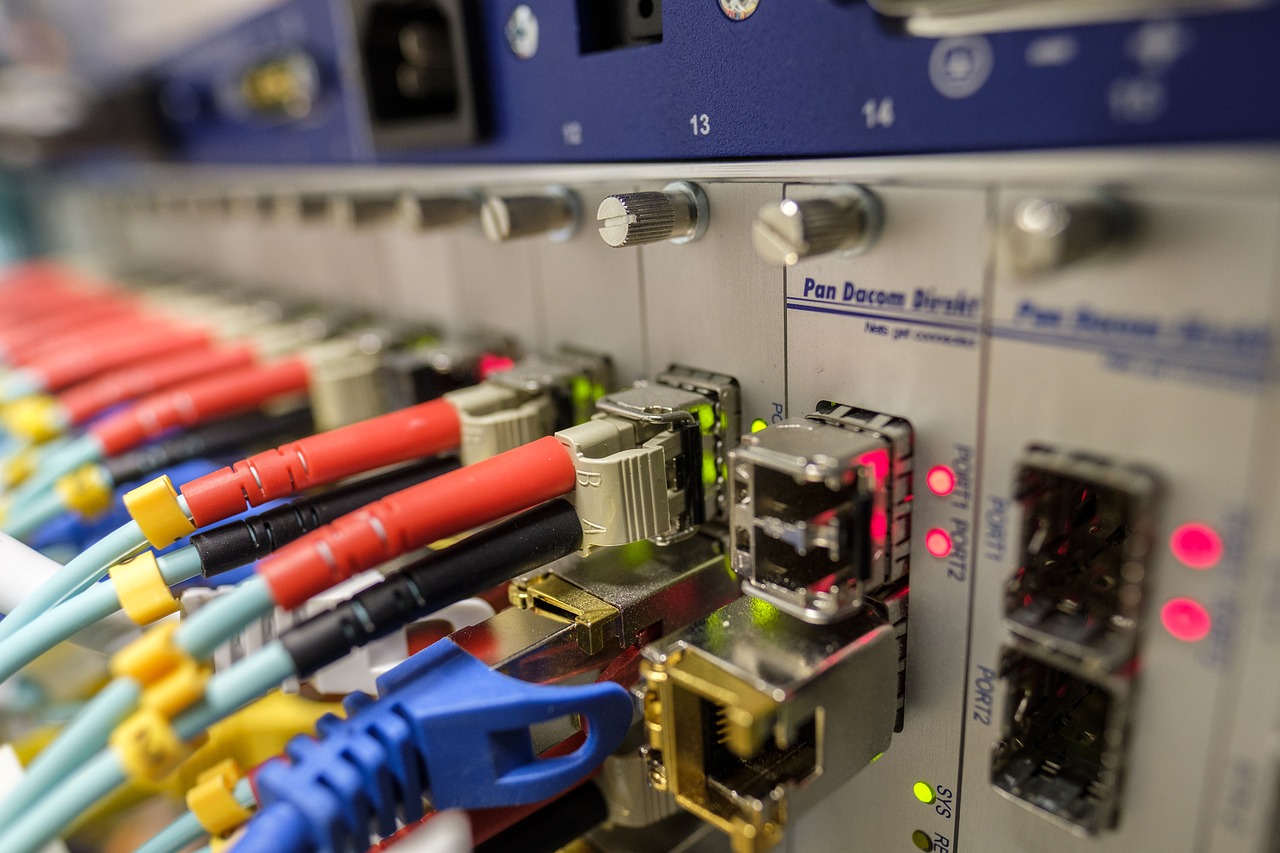Unveiling the Power: ONT vs. GPON Technology Explained

Optical Network Terminal (ONT) and GPON (Gigabit Passive Optical Network) are pivotal components in the realm of Fiber Optic Technology. Understanding these technologies is paramount for navigating the landscape of high-speed internet services. This blog aims to elucidate the functionalities of ONT, GPON, and EPON, shedding light on their applications in both residential and commercial sectors. By delving into the nuances of these technologies, readers will gain a comprehensive understanding of how they shape our digital connectivity.
ONT Overview

Definition and Function
An Optical Network Terminal (ONT) serves as the bridge between the optical fiber and the customer's Ethernet devices. It is a crucial component in Fiber Optic Technology, ensuring seamless connectivity for users. The primary function of an ONT is to terminate the optical signal from the provider and convert it into services like high-speed internet, voice, or video. This process enables customers to enjoy a wide range of digital services with reliability and efficiency.
Role in Fiber Optic Technology
In the realm of Fiber Optic Technology, an ONT plays a pivotal role in delivering connectivity to various premises, including individual homes, businesses, offices, and apartment buildings. By facilitating the transmission of data over optical fibers, ONTs contribute to the widespread deployment of FTTH (Fiber to the Home) and FTTB (Fiber to the Building) networks. These networks rely on ONTs to provide users with access to high-speed internet, voice communication, and video streaming services.
Applications of ONT
Home Use
Installation in individual residences for personal internet access
Enables seamless connectivity for smart home devices
Business Use
Integration into office buildings for corporate network connections
Supports efficient data transmission for commercial operations
Advantages of ONT
High-Speed Internet
Ensures rapid data transfer rates for online activities
Facilitates smooth streaming and downloads without delays
Triple-Play Services
Enables simultaneous provision of internet, voice, and video services
Offers a comprehensive solution for diverse communication needs
GPON Technology
What is GPON?
Definition and Function
GPON (Gigabit Passive Optical Network) revolutionizes the delivery of high-speed internet services by utilizing passive splitters in the fiber distribution network. It efficiently allocates bandwidth to multiple subscribers, ensuring seamless connectivity for residential and commercial users. The primary function of GPON is to enable gigabit-speed internet connections, facilitating rapid data transmission and supporting a wide range of online activities.
Role in Fiber Optic Technology
In the realm of Fiber Optic Technology, GPON plays a pivotal role in enhancing network performance and scalability. By leveraging passive optical components, GPON optimizes information transmission speed and ensures reliable connectivity for end-users. Its integration into fiber-optic networks enables service providers to deliver high-bandwidth services with cost-effectiveness, meeting the increasing demand for advanced communication solutions.
Applications of GPON
Residential Services
Facilitates ultra-fast internet connections for households
Supports streaming, cloud computing, and IoT devices
Enhances user experience with seamless online activities
Commercial Services
Enables efficient data transmission for businesses
Provides scalable network solutions for corporate environments
Supports high-quality broadband services for commercial operations
Advantages of GPON
High Bandwidth
Delivers gigabit-speed internet connections to homes and businesses
Optimizes network performance for enhanced user experience
Cost-Effectiveness
Reduces operating costs through local manufacturing strategies
Enables service providers to offer affordable high-speed internet services
ONT vs. GPON
Key Differences
Technology
Optical Network Terminal (ONT) and Gigabit Passive Optical Network (GPON) represent distinct components in fiber optic networks.
ONT serves as the endpoint device directly connecting users to high-speed internet, voice, and video services.
GPON technology, on the other hand, optimizes bandwidth allocation through passive splitters for efficient data transmission.
Performance
ONT ensures rapid service delivery by terminating optical signals at the user's premises.
GPON technology enhances network scalability and performance by efficiently managing high-bandwidth services.
Use Cases
When to Use ONT
Residential Connectivity: ONTs are ideal for individual homes requiring reliable internet access.
Business Solutions: Deploying ONTs in office settings ensures seamless connectivity for corporate operations.
When to Use GPON
Scalable Networks: GPON is preferred for expanding networks due to its efficient bandwidth allocation.
High-Bandwidth Services: Businesses requiring gigabit-speed internet benefit from GPON technology's optimized performance.
To conclude, the blog has highlighted the significance of ONT and GPON technologies in shaping modern connectivity.
The key points discussed encompass the pivotal roles of ONT and GPON in delivering high-speed internet services to both residential and commercial sectors.
Looking ahead, future trends in fiber optic technology are expected to focus on enhancing network scalability and optimizing bandwidth allocation for seamless user experiences.
See Also
Mastery of MPO/APC SM OS2 Singlemode OS2 Trunk Cable Tech
Comprehending 5G FTTH: The 1 x 32 SC/APC Mini Blockless Fiber Optic PLC Splitter
5 Major Contrasts Between MTP and LC/UPC Optical Cables for 100G Cabling
Comprehension of the SC/APC Single-Mode Fiber Optic Connector for FTTH Apps
The Benefits of MPO Fiber Optic Trunk Cables in Data Centers


